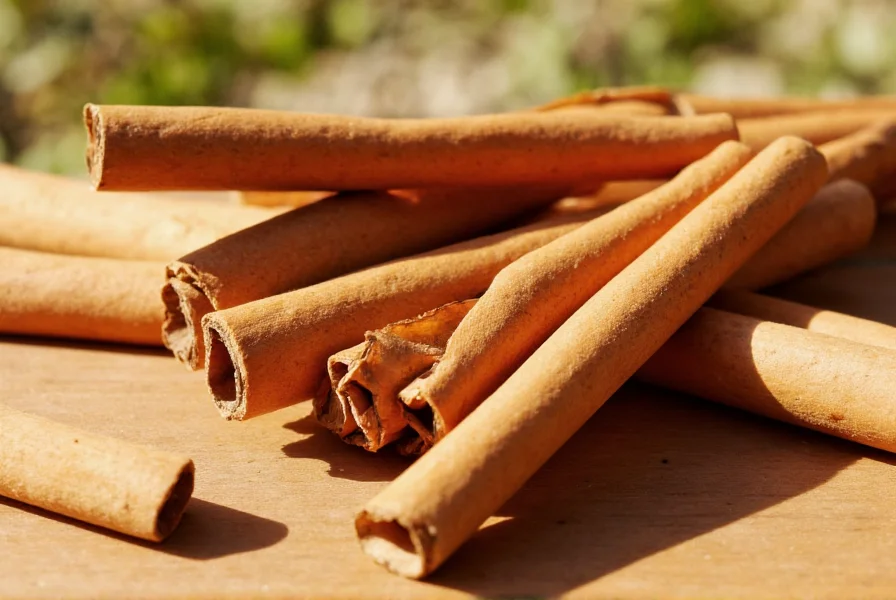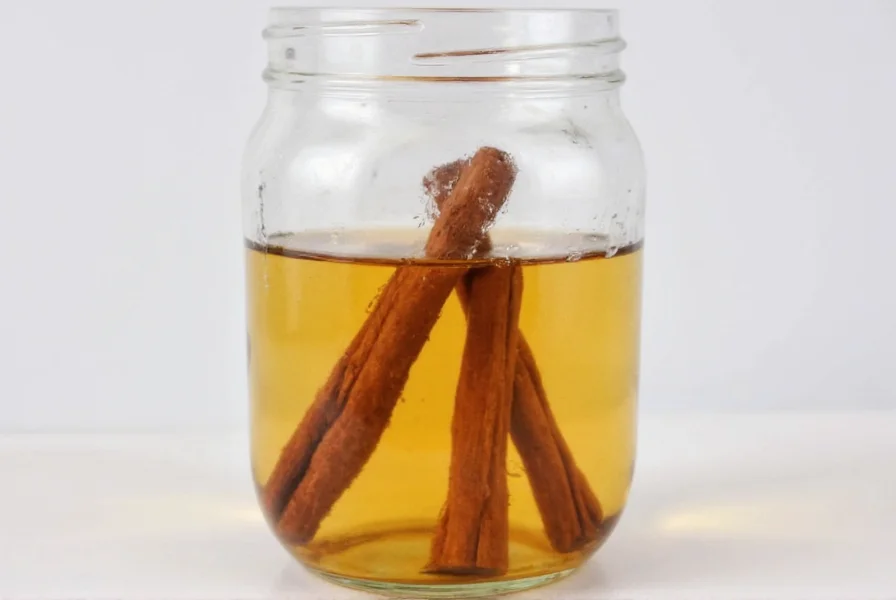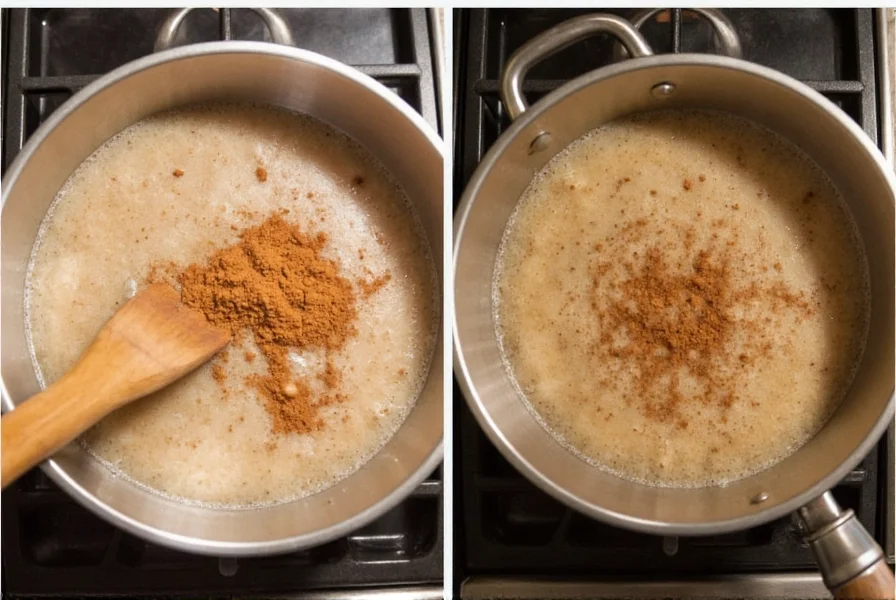Many home cooks mistakenly search for how to make cinnamon, not realizing this beloved spice comes from tree bark harvested primarily in Sri Lanka, Indonesia, and China. True cinnamon production involves specialized agricultural practices that can't be replicated in home kitchens. Instead, you can explore how cinnamon reaches your spice rack and discover practical ways to maximize its flavor in your cooking.
Understanding Cinnamon: Nature's Bark Spice
Cinnamon isn't manufactured—it's a natural product derived from the inner bark of trees belonging to the Cinnamomum genus. The two primary varieties you'll encounter are Ceylon cinnamon (Cinnamomum verum), often called "true cinnamon," and Cassia cinnamon (Cinnamomum cassia), which makes up most cinnamon sold globally. Understanding this distinction helps you select the right type for your culinary needs and health considerations.

The Commercial Cinnamon Production Process
While you can't make cinnamon at home from trees, understanding the authentic production process reveals why this spice commands its price and quality variations:
- Tree cultivation: Cinnamon trees require 2-3 years to mature before their bark can be harvested
- Bark harvesting: During the rainy season when bark separates easily, farmers cut branches and remove the outer bark
- Inner bark extraction: The valuable inner bark is carefully scraped and peeled in long strips
- Drying process: Strips naturally curl into quills as they dry in shaded, ventilated areas over several days
- Processing: Quills are cut to standard lengths, graded, and either sold whole or ground
| Cinnamon Type | Primary Growing Regions | Flavor Profile | Coumarin Content |
|---|---|---|---|
| Ceylon ("True") | Sri Lanka, Madagascar | Sweet, delicate, citrus notes | Very low (safe for regular use) |
| Cassia | China, Indonesia, Vietnam | Strong, spicy, pungent | High (limit regular consumption) |
Practical Cinnamon Applications for Home Cooks
Since you can't produce cinnamon from raw materials, focus on maximizing its potential in your kitchen:
Creating Cinnamon-Infused Products
These simple preparations let you customize cinnamon's intensity and application:
Cinnamon Sugar (Perfect for Baking and Beverages)
Combine 1 cup granulated sugar with 2-3 tablespoons ground cinnamon in a sealed container. Shake vigorously until uniform. For enhanced flavor, add one scraped vanilla bean or 1 teaspoon vanilla extract. Let the mixture rest for 24 hours before using to allow flavors to meld.
Homemade Cinnamon Extract (Superior to Store-Bought)
Fill a clean glass bottle with ½ cup whole cinnamon quills. Pour 1 cup of 80-100 proof vodka over the quills, ensuring complete submersion. Store in a cool, dark place for 4-6 weeks, shaking gently every few days. Strain through cheesecloth into a clean bottle. This extract lasts indefinitely and provides deeper flavor than commercial versions when used in baking or beverages.

Maximizing Cinnamon Flavor in Cooking
Professional chefs use these techniques to optimize cinnamon's aromatic compounds:
- Dry toast whole quills in a 300°F oven for 5 minutes before grinding to intensify flavor
- Add ground cinnamon early in cooking processes for savory dishes to mellow its intensity
- Use whole quills in liquid-based recipes (like mulled wine or stews), removing them before serving
- Store cinnamon properly in airtight containers away from light to preserve volatile oils
Selecting Quality Cinnamon Products
When purchasing cinnamon, look for these quality indicators:
- Color: Ceylon should be light tan to medium brown; Cassia appears darker reddish-brown
- Texture: True cinnamon forms multiple thin layers in quills; Cassia has a single thick layer
- Aroma: High-quality cinnamon has a sweet, complex fragrance without mustiness
- Origin labeling: Reputable sellers specify variety and country of origin
For regular consumption, especially if using cinnamon medicinally, choose Ceylon varieties due to their significantly lower coumarin content compared to Cassia. This distinction matters for how to use cinnamon safely in daily recipes, particularly for children or those with liver conditions.
Proper Cinnamon Storage Techniques
To maintain maximum flavor and shelf life:
- Store whole cinnamon quills in airtight glass containers for up to 3-4 years
- Keep ground cinnamon in opaque containers away from heat sources (shelf life: 6-12 months)
- Freeze cinnamon in vacuum-sealed bags for long-term storage (up to 2 years for ground)
- Never store near stove tops or in clear containers exposed to light
Test cinnamon freshness by rubbing a small amount between your fingers—if the aroma is weak or musty, it's time to replace your supply. Properly stored cinnamon maintains its volatile oils that deliver characteristic flavor and potential health benefits.











 浙公网安备
33010002000092号
浙公网安备
33010002000092号 浙B2-20120091-4
浙B2-20120091-4